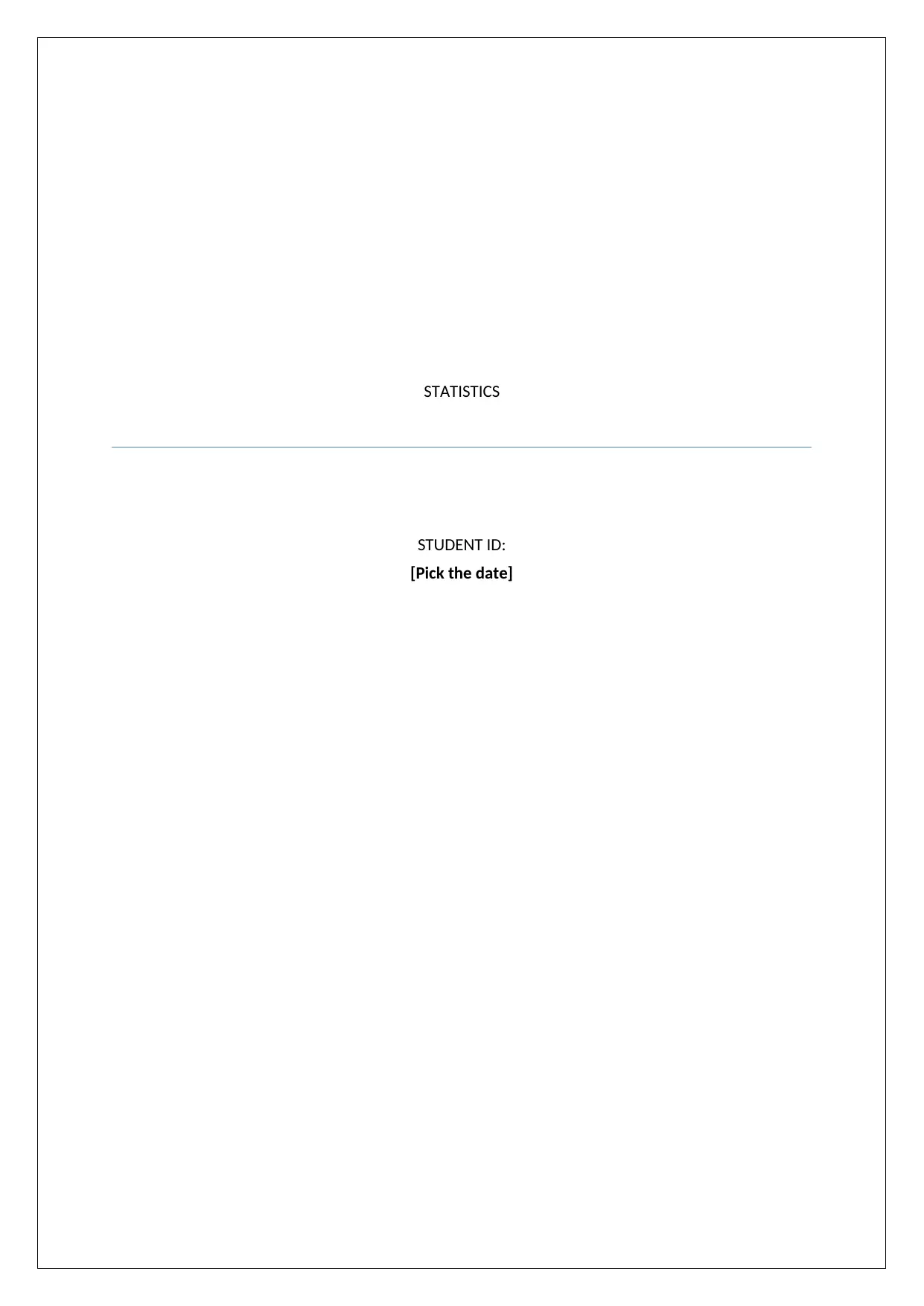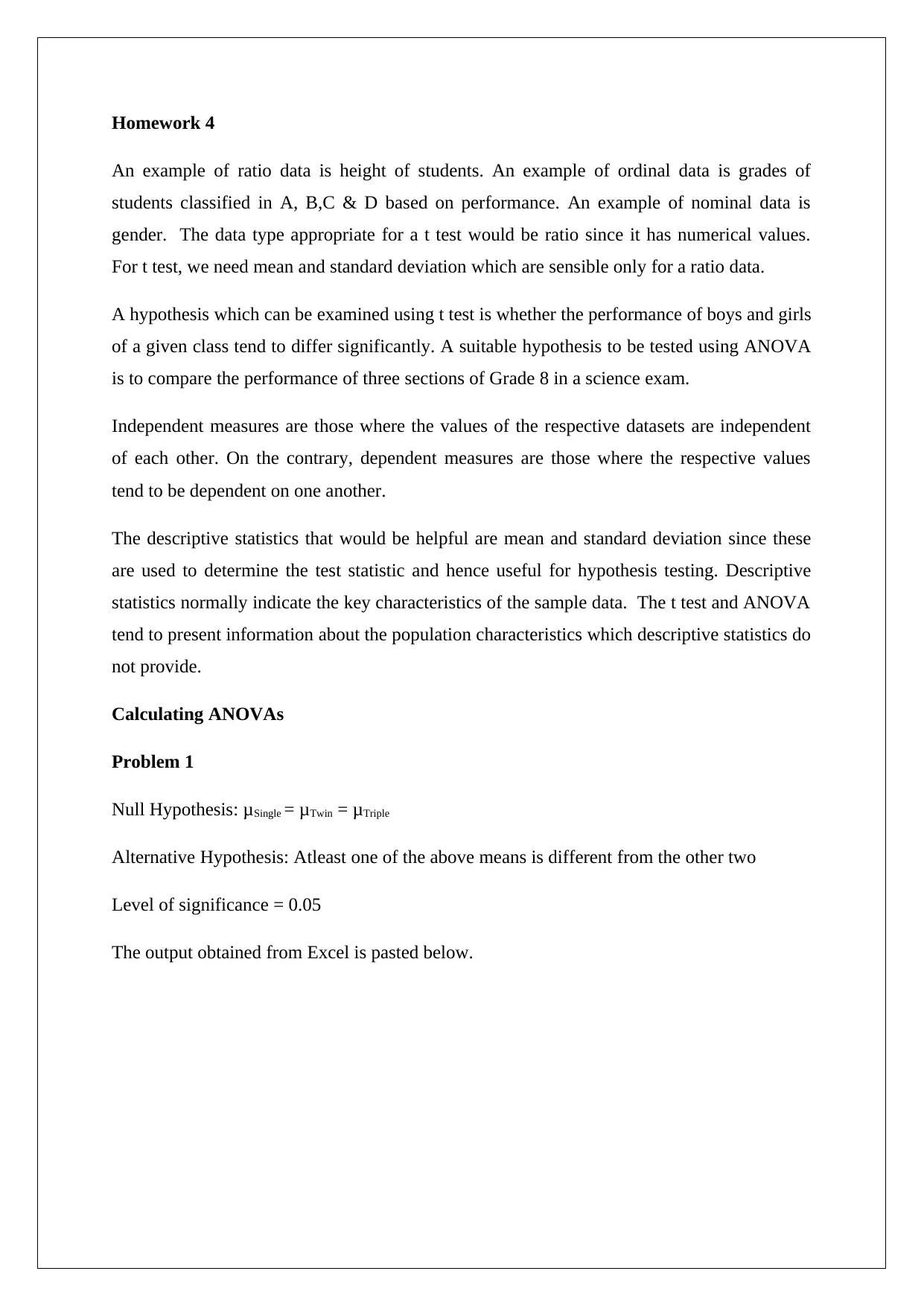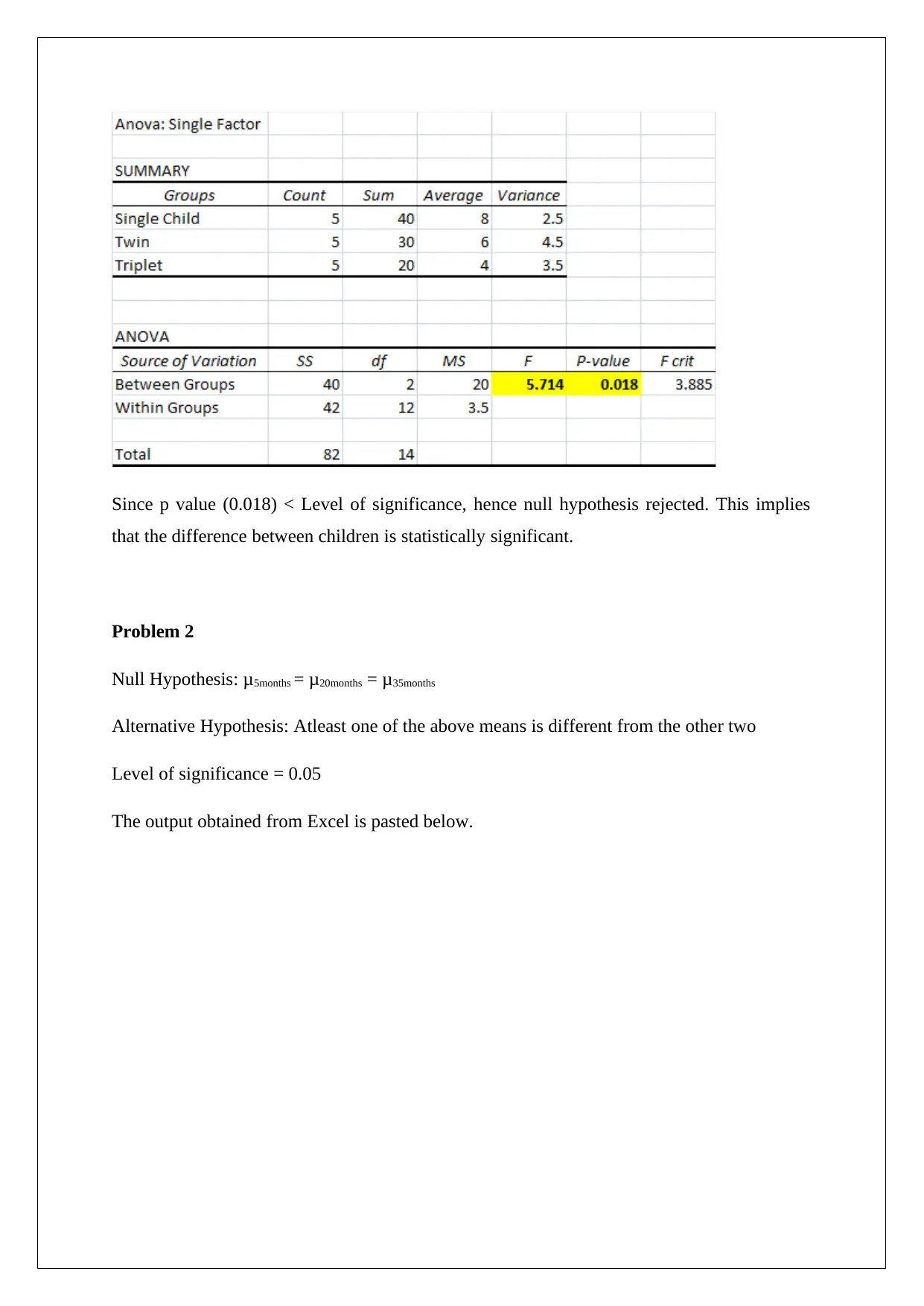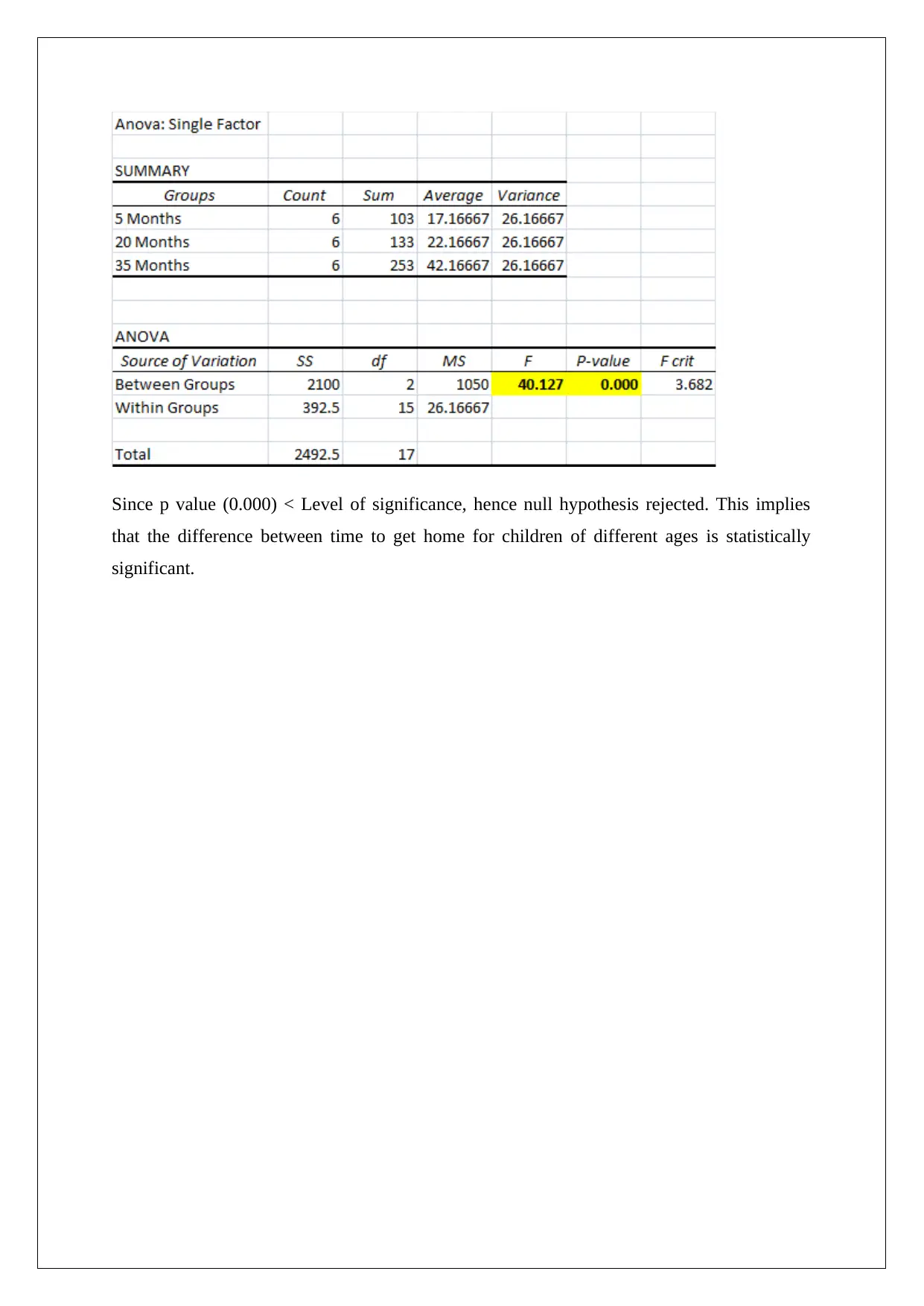Statistics Homework 4: T-tests, ANOVA, and Data Analysis
VerifiedAdded on 2022/09/26
|4
|376
|21
Homework Assignment
AI Summary
This statistics assignment provides a comprehensive analysis of various statistical concepts. It begins by defining and differentiating between ratio, ordinal, and nominal data types. It then explains the suitability of t-tests for ratio data and provides examples of hypotheses that can be examined using t-tests and ANOVAs. The assignment also clarifies the difference between independent and dependent measures and highlights the importance of descriptive statistics like mean and standard deviation. Furthermore, it includes the calculation of ANOVAs for two specific problems, demonstrating the process of hypothesis testing and the interpretation of results, including p-values and levels of significance. The solution concludes with a discussion on the value of t-tests and ANOVAs compared to descriptive statistics.
1 out of 4










![[object Object]](/_next/static/media/star-bottom.7253800d.svg)